Happy Birthday, Hubble!
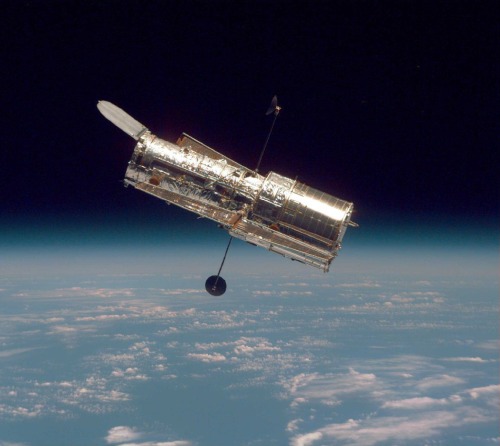
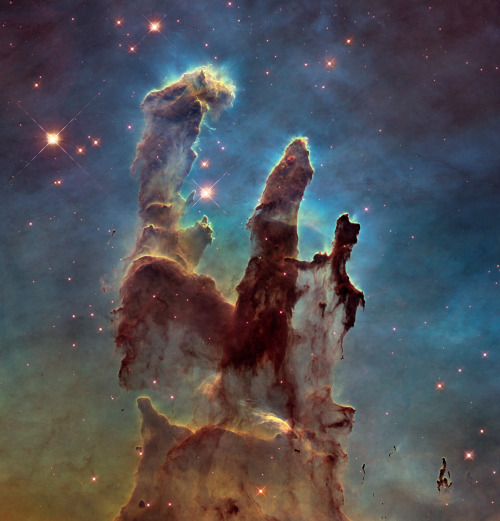
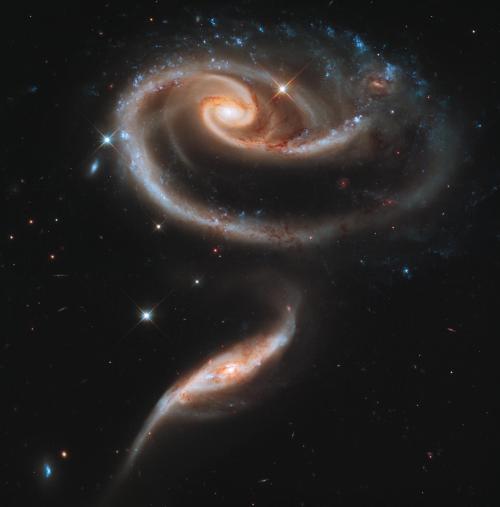
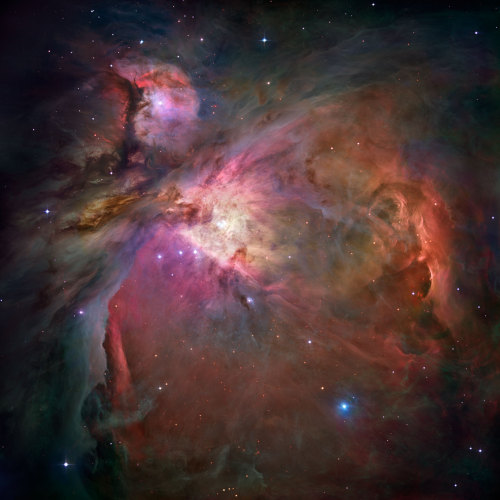
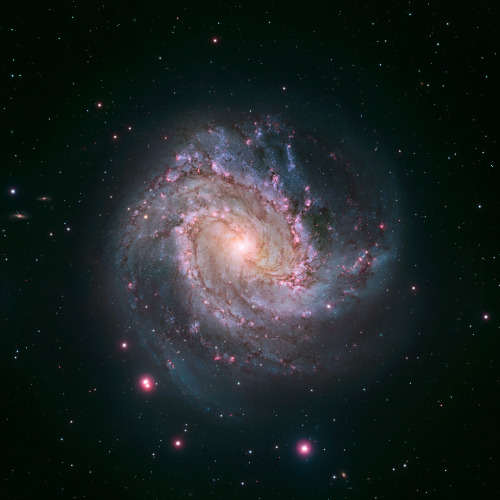
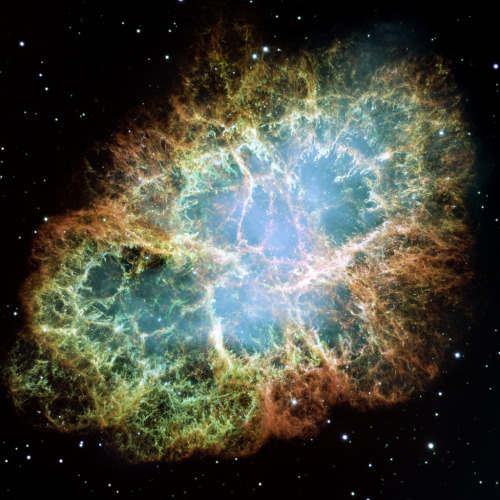
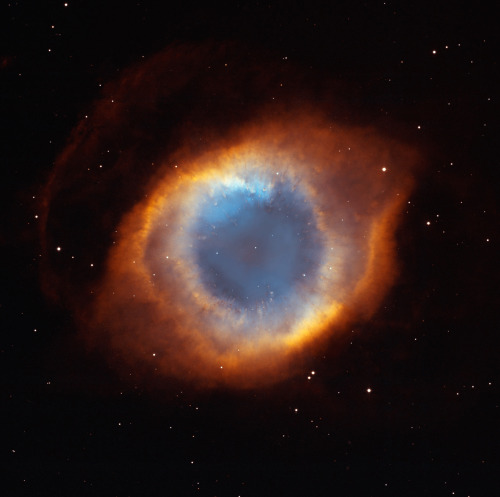
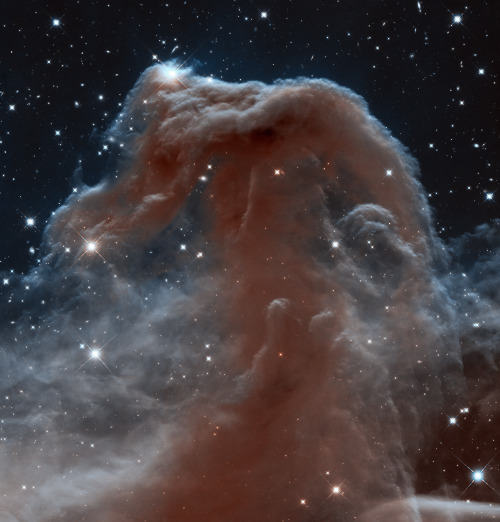

Happy Birthday, Hubble!
The Hubble Space Telescope (HST) is a space telescope that was launched into low Earth orbit in 1990 and remains in operation. Although not the first space telescope, Hubble is one of the largest and most versatile, and is well known as both a vital research tool and a public relations boon for astronomy. The HST is named after the astronomer Edwin Hubble, and is one of NASA’s Great Observatories, along with the Compton Gamma Ray Observatory, the Chandra X-ray Observatory, and the Spitzer Space Telescope.
With a 2.4-meter (7.9 ft) mirror, Hubble’s four main instruments observe in the near ultraviolet, visible, and near infraredspectra. Hubble’s orbit outside the distortion of Earth’s atmosphere allows it to take extremely high-resolution images, with substantially lower background light than ground-based telescopes. Hubble has recorded some of the most detailed visible light images ever, allowing a deep view into space and time. Many Hubble observations have led to breakthroughs in astrophysics, such as accurately determining the rate of expansion of the universe.
sourcet: Wikipedia & Overview
Image credit: NASA/ESA & Hubble
More Posts from Jmsconn and Others
To the Moon and Beyond: Why Our SLS Rocket Is Designed for Deep Space
It will take incredible power to send the first woman and the next man to the Moon’s South Pole by 2024. That’s where America’s Space Launch System (SLS) rocket comes in to play.

Providing more payload mass, volume capability and energy to speed missions through deep space than any other rocket, our SLS rocket, along with our lunar Gateway and Orion spacecraft, creates the backbone for our deep space exploration and Artemis lunar mission goals.
Here’s why our SLS rocket is a deep space rocket like no other:
It’s a heavy lifter

The Artemis missions will send humans 280,000 miles away from Earth. That’s 1,000 times farther into space than the International Space Station. To accomplish that mega feat, you need a rocket that’s designed to lift — and lift heavy. With help from a dynamic core stage — the largest stage we have ever built — the 5.75-million-pound SLS rocket can propel itself off the Earth. This includes the 57,000 pounds of cargo that will go to the Moon. To accomplish this, SLS will produce 15% more thrust at launch and during ascent than the Saturn V did for the Apollo Program.
We have the power

Where do our rocket’s lift and thrust capabilities come from? If you take a peek under our powerful rocket’s hood, so to speak, you’ll find a core stage with four RS-25 engines that produce more than 2 million pounds of thrust alongside two solid rocket boosters that each provide another 3.6 million pounds of thrust power. It’s a bold design. Together, they provide an incredible 8.8 million pounds of thrust to power the Artemis missions off the Earth. The engines and boosters are modified heritage hardware from the Space Shuttle Program, ensuring high performance and reliability to drive our deep space missions.
A rocket with style

While our rocket’s core stage design will remain basically the same for each of the Artemis missions, the SLS rocket’s upper stage evolves to open new possibilities for payloads and even robotic scientific missions to worlds farther away than the Moon like Mars, Saturn and Jupiter. For the first three Artemis missions, our SLS rocket uses an interim cryogenic propulsion stage with one RL10 engine to send Orion to the lunar south pole. For Artemis missions following the initial 2024 Moon landing, our SLS rocket will have an exploration upper stage with bigger fuel tanks and four RL10 engines so that Orion, up to four astronauts and larger cargoes can be sent to the Moon, too. Additional core stages and upper stages will support either crewed Artemis missions, science missions or cargo missions for a sustained presence in deep space.
It’s just the beginning

Crews at our Michoud Assembly Facility in New Orleans are in the final phases of assembling the core stage for Artemis I— and are already working on assembly for Artemis II.
Through the Artemis program, we aim not just to return humans to the Moon, but to create a sustainable presence there as well. While there, astronauts will learn to use the Moon’s natural resources and harness our newfound knowledge to prepare for the horizon goal: humans on Mars.
Make sure to follow us on Tumblr for your regular dose of space: http://nasa.tumblr.com




Total Solar Eclipse, 2019. Credits: ESA/CESAR

Mammoth Hot Springs Mammoth Hot Springs - Impressed by the rock formations and their colors – white, yellow, gold, and orange! All these colors are due to the presence of bacteria and algae that flourish in the extremely hot waters of the springs. Over thousands of years they have formed terraces called travertine formations - Rain waters seep into the rocks, and once they reach a certain depth, they are heated by the action of boiling magma. They rise back to the surface of the earth. The waters at Mammoth Hot Springs are not expelled into the air. They cross the rocks up and deposit limestone sediments on the surface. The warm waters slowly flow from one basin to another, forming terraces as shown in the picture. It flows over some white limestone and orange travertine deposits. Mammoth Hot Springs is “journey to the center of Earth”, but outdoors!
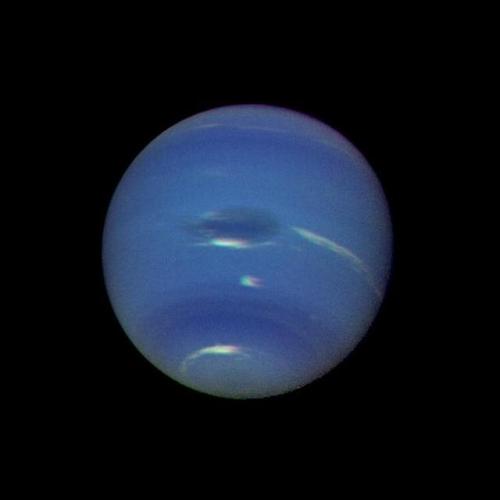
Neptune ♡
This color image, produced from a distance of about 16 million kilometers, shows several complex and puzzling atmospheric features. Credit: NASA/JPL

This is a photo of the small island of Litla Dimun which is situated between Suouroy and Stora Dimun in the Faroe Islands. It is the smallest of the Islands being less than 100 hectares (250 acres) in size and it is uninhabited. The island is often covered by lenticular clouds. Lenticular clouds, also known as altocumular standing lenticularis clouds, are formed when a current of moist air is forced upwards as it travels over elevated land. This elevation and subsequent decrease in temperature causes the moisture in the air to condense and form a cloud. Lenticular clouds appear to be perfectly stationary but in fact this is not the case. These clouds only appear stationary because the flow of moist air continually resupplies the cloud from the windward side even as water evaporates and vanishes from the leeward side. Lenticular clouds can look like they are hovering for hours or days, until the wind or weather changes and the clouds disperse. They also look like a hat! -Jean Photo courtesy of Caters news agency.


The total solar eclipse of 02 July 2019 from La Serena, Chile.
Credit: Gwenael Blanck




Titan, Enceladus, Tethys, Pandora, & Epimetheus. October, 2007.
NASA/JPL-Caltech/SSI/CICLOPS/Kevin M. Gill
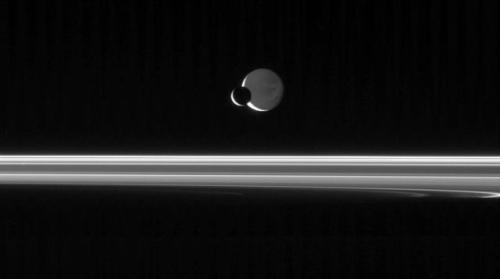
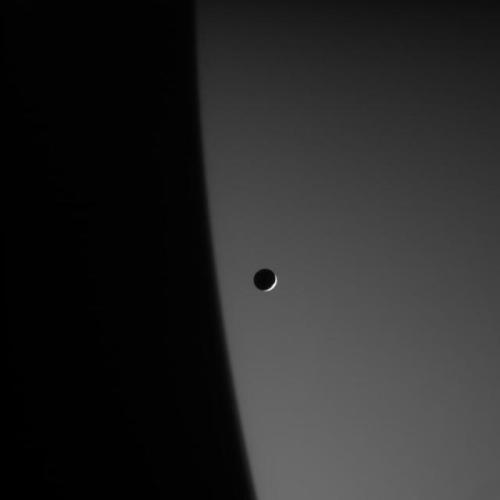
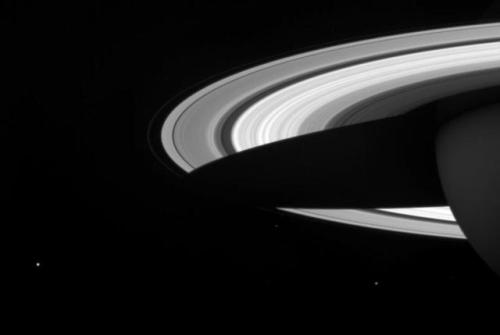
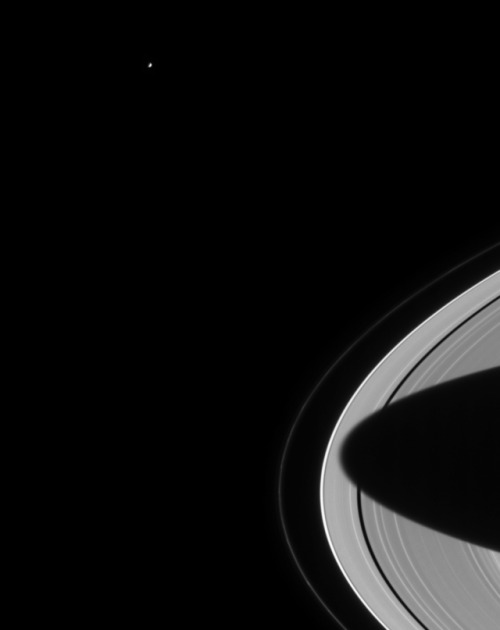
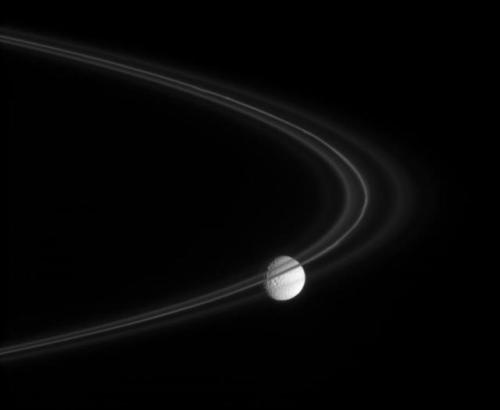
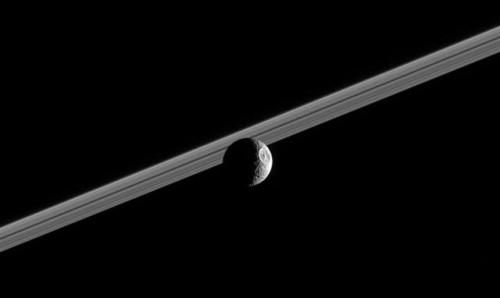
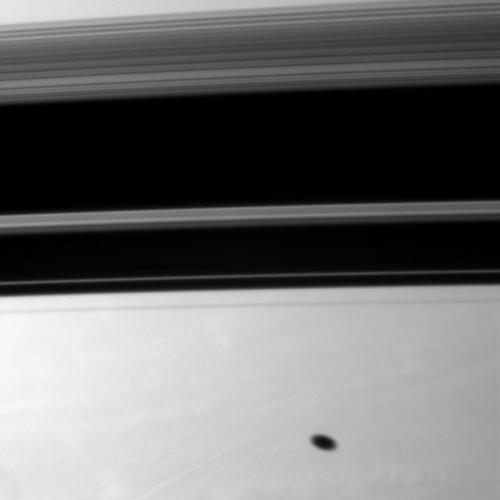
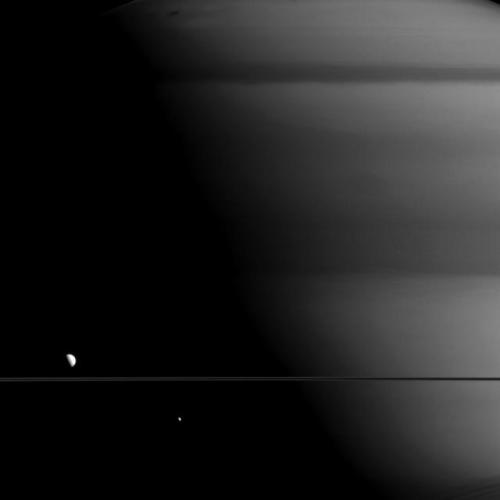
Mimas (moon of Saturn) taken by the Cassini spacecraft.
Credit: NASA/JPL
-
 tasteslikeaknucklesandwich liked this · 6 months ago
tasteslikeaknucklesandwich liked this · 6 months ago -
 jaykay667 reblogged this · 6 months ago
jaykay667 reblogged this · 6 months ago -
 jaykay667 liked this · 6 months ago
jaykay667 liked this · 6 months ago -
 desruc reblogged this · 6 months ago
desruc reblogged this · 6 months ago -
 desruc liked this · 6 months ago
desruc liked this · 6 months ago -
 yee-boii reblogged this · 6 months ago
yee-boii reblogged this · 6 months ago -
 quaid1911 liked this · 7 months ago
quaid1911 liked this · 7 months ago -
 theelectionsong liked this · 8 months ago
theelectionsong liked this · 8 months ago -
 auroradragon1 liked this · 1 year ago
auroradragon1 liked this · 1 year ago -
 omgsweetunlikelycollector-me reblogged this · 1 year ago
omgsweetunlikelycollector-me reblogged this · 1 year ago -
 omgsweetunlikelycollector-me liked this · 1 year ago
omgsweetunlikelycollector-me liked this · 1 year ago -
 tratlareakcesi liked this · 1 year ago
tratlareakcesi liked this · 1 year ago -
 talsekecons liked this · 1 year ago
talsekecons liked this · 1 year ago -
 dsitara-blog reblogged this · 2 years ago
dsitara-blog reblogged this · 2 years ago -
 dsitara-blog liked this · 2 years ago
dsitara-blog liked this · 2 years ago -
 goindeep69-fan liked this · 2 years ago
goindeep69-fan liked this · 2 years ago -
 sweetnerzjm reblogged this · 2 years ago
sweetnerzjm reblogged this · 2 years ago -
 sweetnerzjm liked this · 2 years ago
sweetnerzjm liked this · 2 years ago -
 fullyfreeconnoisseur liked this · 2 years ago
fullyfreeconnoisseur liked this · 2 years ago -
 red-stars-posts liked this · 2 years ago
red-stars-posts liked this · 2 years ago -
 freshmarmelade liked this · 2 years ago
freshmarmelade liked this · 2 years ago -
 rdtbull liked this · 2 years ago
rdtbull liked this · 2 years ago -
 ocularpropulsion reblogged this · 3 years ago
ocularpropulsion reblogged this · 3 years ago -
 ocularpropulsion liked this · 3 years ago
ocularpropulsion liked this · 3 years ago
